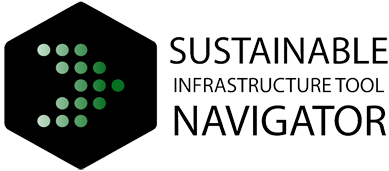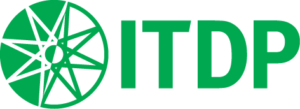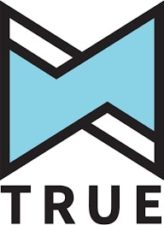
The development of National Urban Mobility Policies and Investment Programmes can be a useful process to facilitate a more coordinated approach to urban mobility policy, planning and investment. The tool kit was designed complementary to the “National Urban Mobility Policies and Investment Programmes (NUMP) – Guidelines” and provides additional resources for the different phases of drafting a national urban mobility policy.
Lifecycle Phase(s): Strategic PlanningPublic authorities identify the needs and long-term vision for infrastructure development., Project PlanningGeneral strategy for a project’s delivery is developed., Concept DesignTechnical experts broadly outline the project’s basic characteristics., Detailed DesignTechnical experts further elaborate the Concept Design.
Type(s) of Tool: Project Preparation ToolsHelp public authorities manage sustainable project preparation processes.







